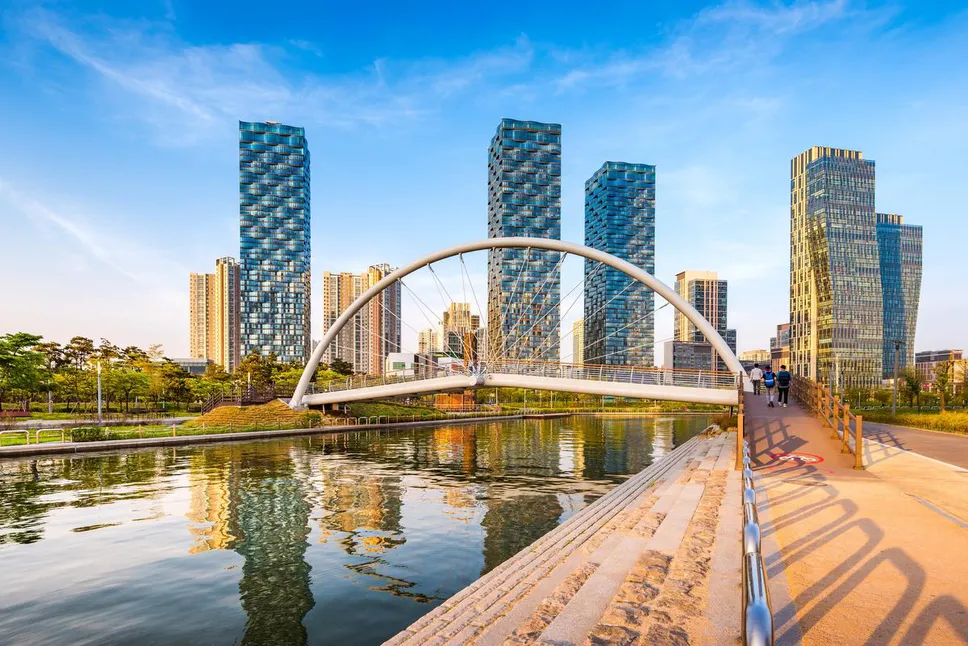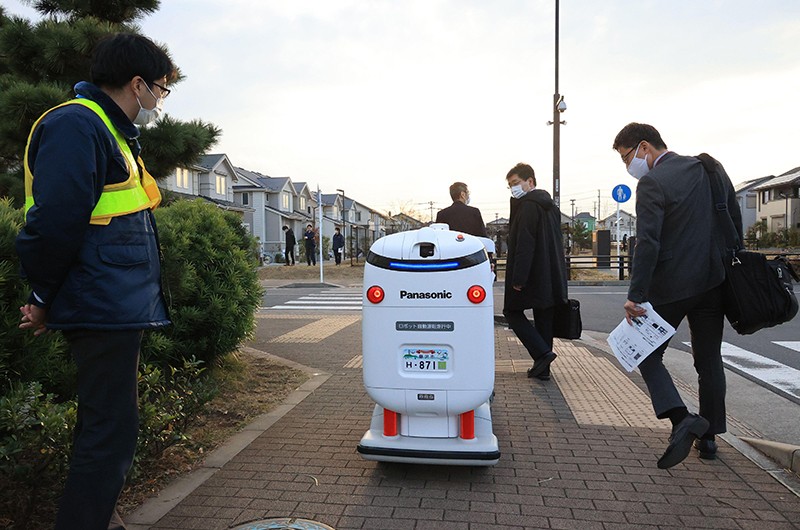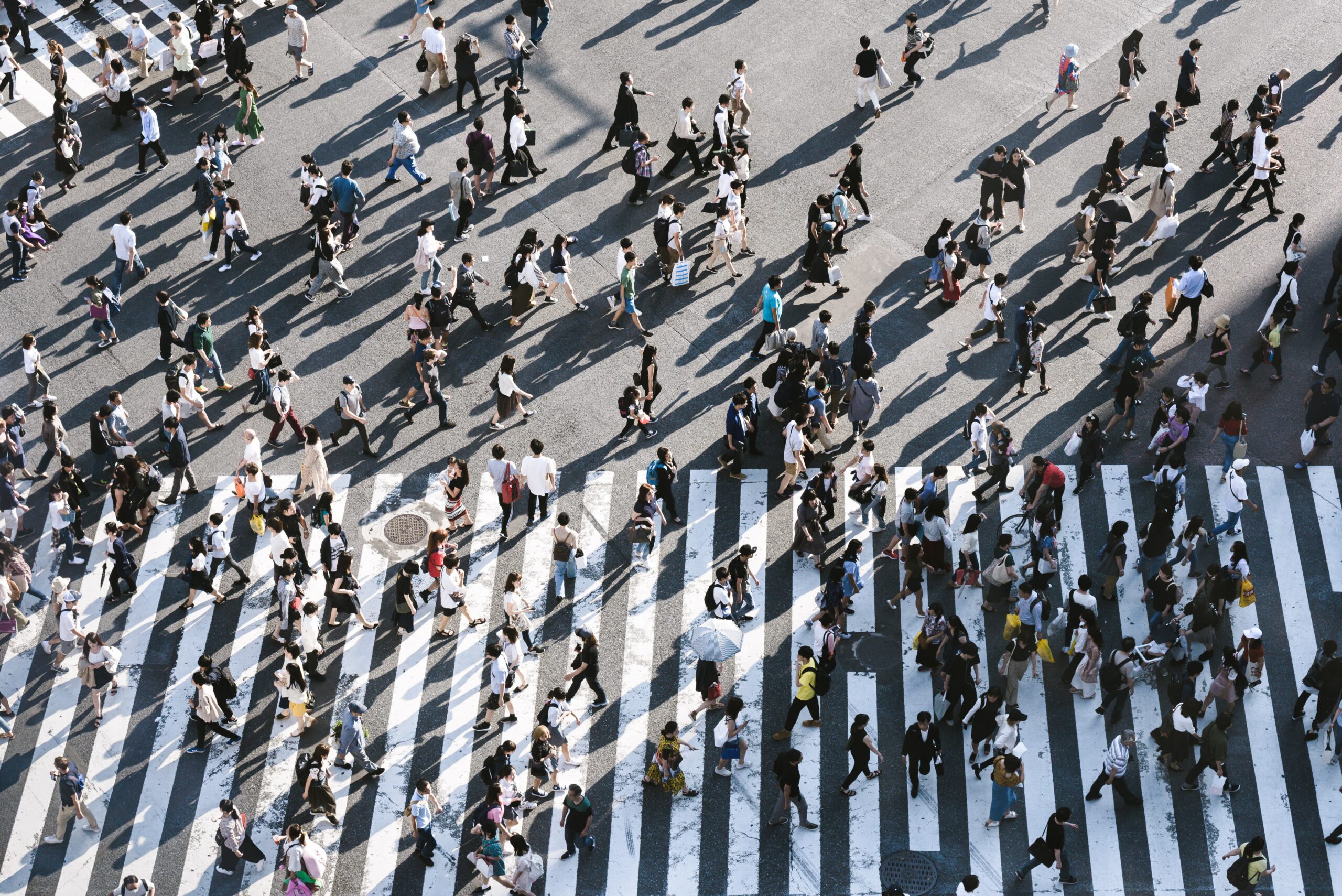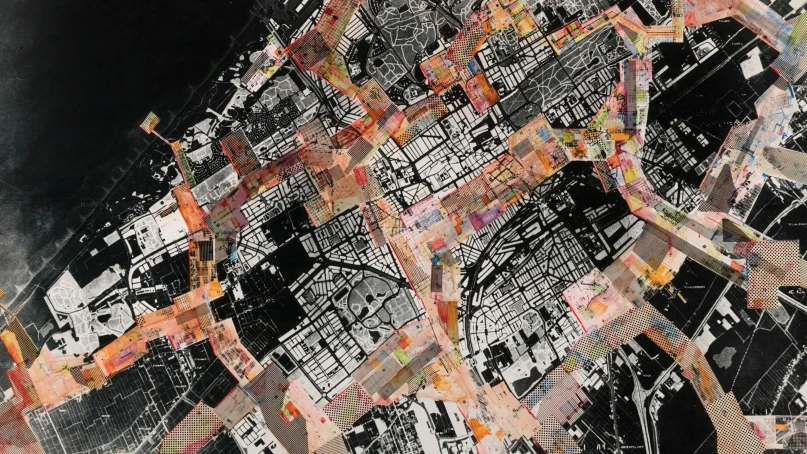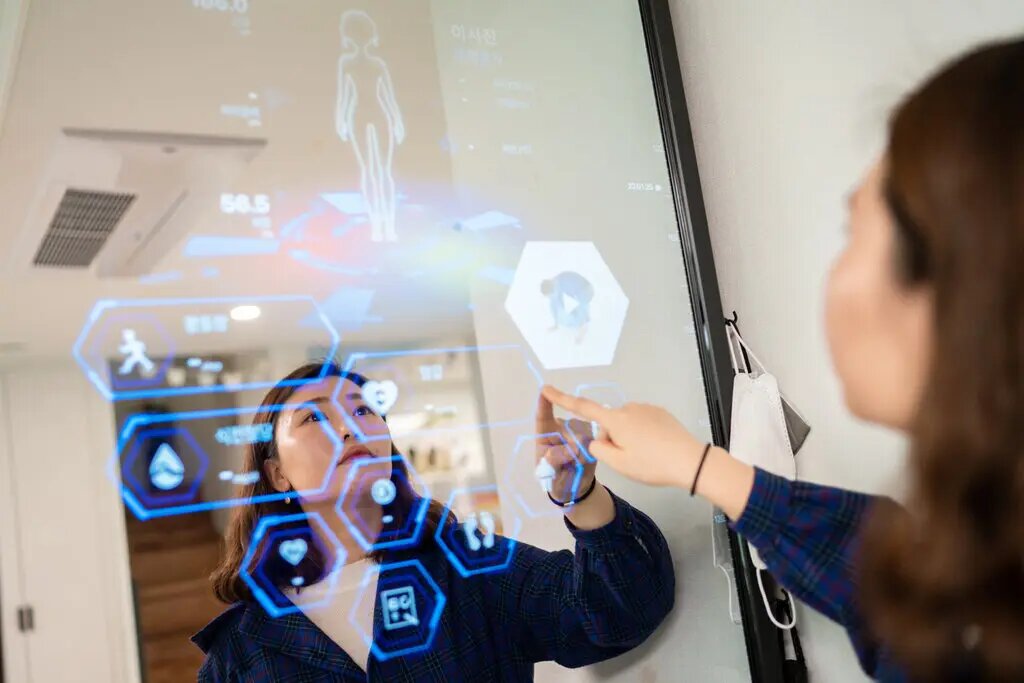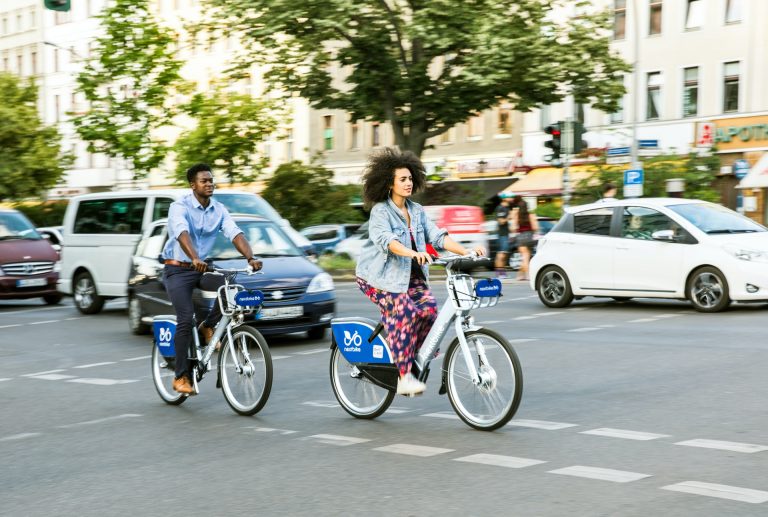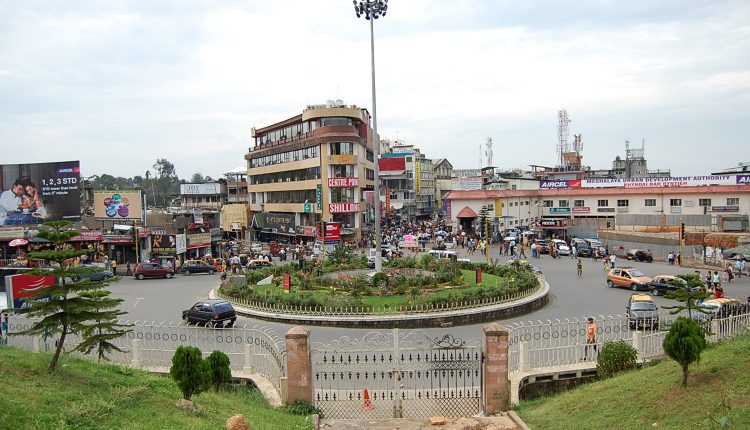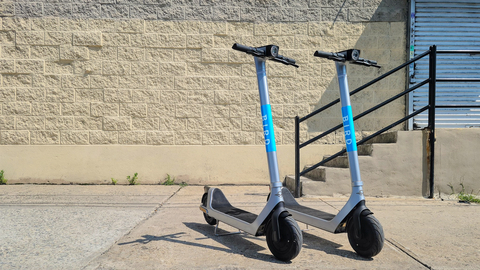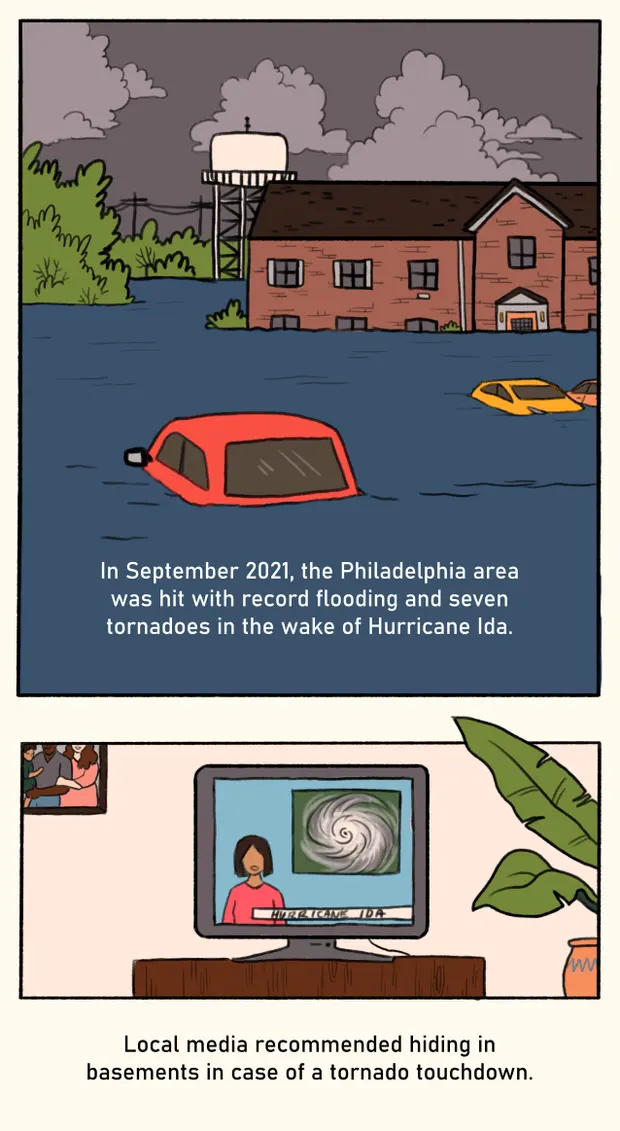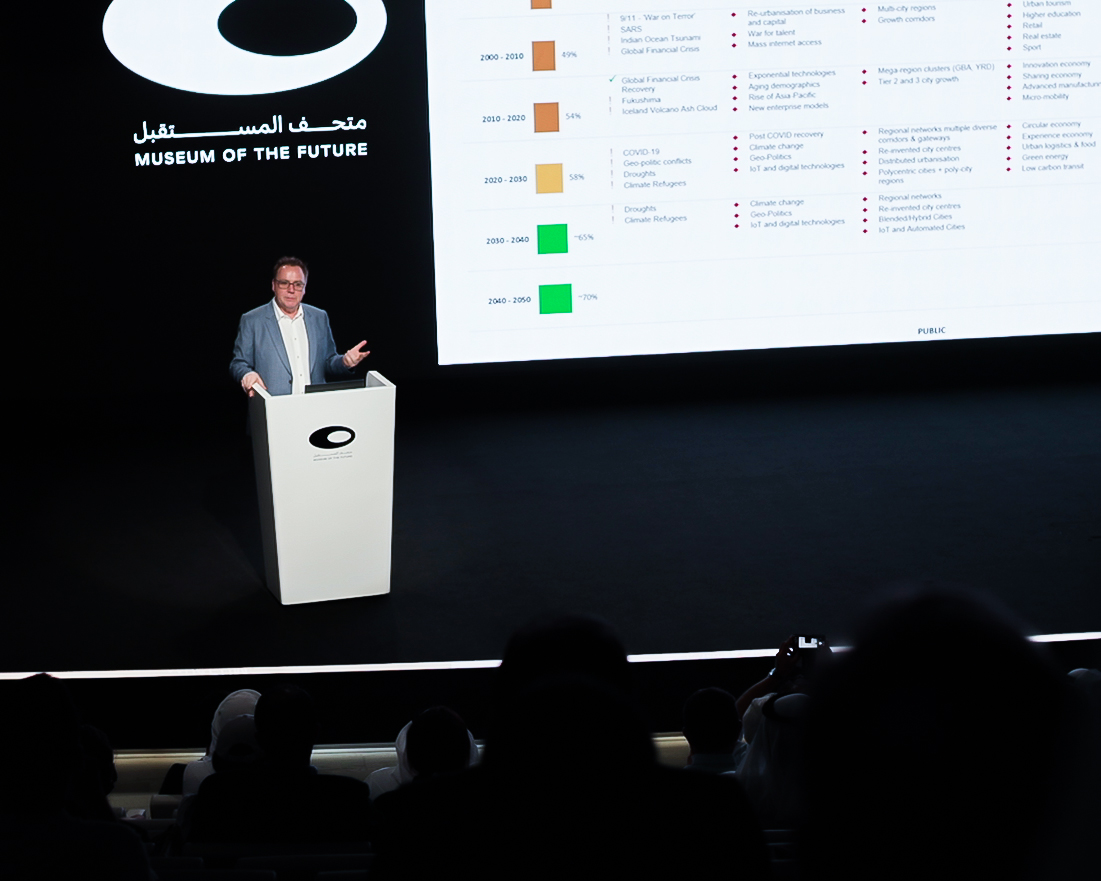
The need to increase resilience and optimise asset and resource management in light of COVID-19 will be among the key drivers for the growth of city digital twins over the next five years, according to ABI Research. The global tech market advisory firm anticipates that the number of urban digital twins will exceed 500 by 2025, and that implementation will expand beyond limited pilots to widespread multi-purpose deployments.Dominique Bonte, Vice President, End Markets at ABI Research, said: “Real-time 3D models of cities’ built environment allow scenario analysis through the simulation of the potential impact of natural disasters like flooding, adoption of generative design principles for new city developments which optimise energy savings and solar capacity, and saving costs by operating cities more efficiently and effectively.”
+INFO: CitiesToday




